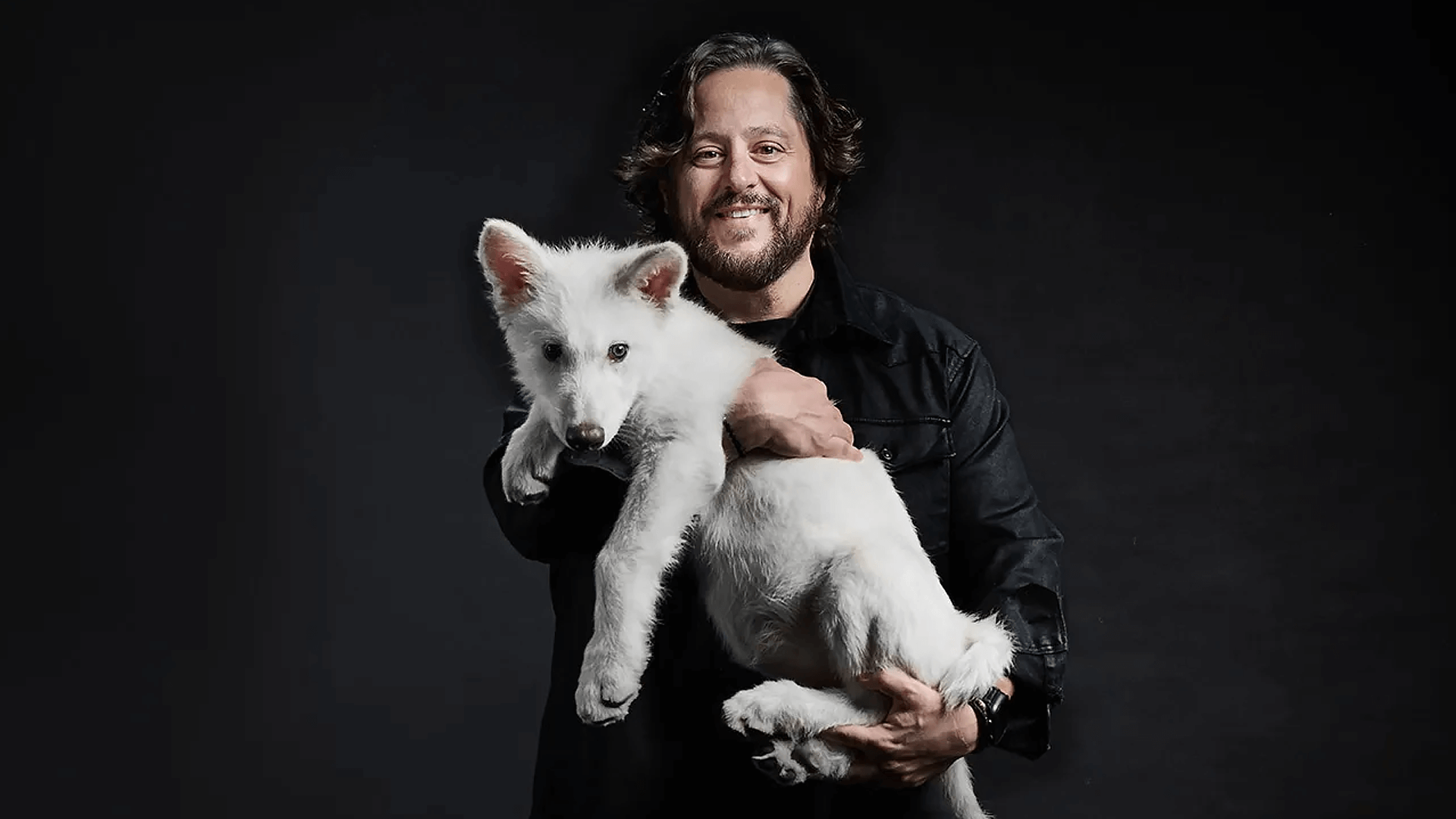The infamous company, Colossal Biosciences, has unveiled its first resurrected species that vanished from the Earth 10,000 years ago.
When we think of de-extinction, our minds immediately go to Jurassic Park, and our imaginations run wild with the potential consequences of such a scenario.
Colossal Biosciences has gone against Michael Crichton’s cautionary tale of human ambition, nonetheless, with its efforts to bring back long-gone species. Unsurprisingly, many doubted the company’s efforts, questioning if Colossal was another Theranos.
Yet, against all odds, the company did the unimaginable and resurrected a species – the dire wolf. Made famous by the hit series Game of Thrones, dire wolves ceased to exist approximately 10,000 years ago.
A brief history of dire wolves
Native to the Americas, the first fossil specimen of this apex predator was found in 1854 in Indiana, USA. Since then, thousands of these fossils have been discovered with a high saturation in Los Angeles.
Remains have also been found across a wide range of habitats in North and South America, from Canada to Mexico and into parts of South America like Venezuela, Peru, and Bolivia.
Dire wolves were similar in size to large modern gray wolves but were more heavily built, with a huge skull, larger teeth, and a stronger jaw. For a long time, it was believed that dire wolves were closely related to gray wolves. However, recent genetic studies of ancient DNA have revealed a surprising twist.
These studies indicate that dire wolves were not closely related to gray wolves or any other living canids. Instead, they represent a distinct evolutionary lineage that diverged millions of years ago in North America.
Their extinction was the result of a combination of factors such as the extinction of their prey, climate change, and increased competition.




















